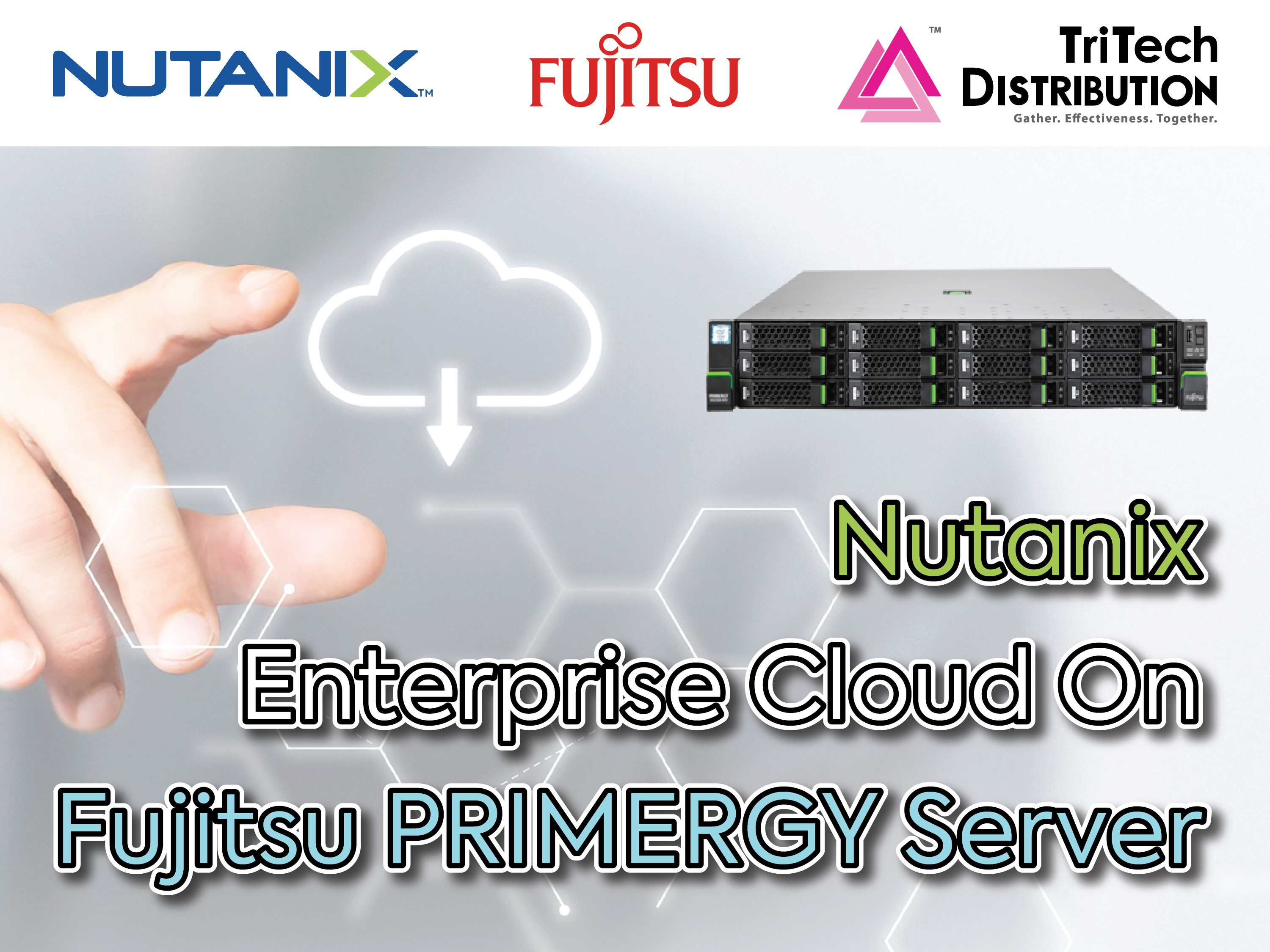



Hotline:+852 3958 3000
Enquiry:enquiry@ttdist.com
The greatest breaks in the history of modern cloud computing can be traced all the way back to 2006 when Amazon first began offering basic web services, better known today as cloud computing.
Today AWS is amongst many service providers such as Sangfor that offer cloud services. The global cloud revenue is predicted to total $474 billion in 2022, up from $408 billion in 2021, according to Gartner.
This comes as no surprise as the use of cloud services in industries such as Banking, Retail, and Consumer Products grow exponentially; with the Insurance and Telecommunications industries having the highest cloud deployment statistics. The manufacturing ($20 billion), professional services ($18 billion), and banking ($16 billion) industries were ranked as those looking to spend the most on cloud services in 2021.
While many organizations across different industries have been quick to convert to public cloud strategies, others see greater benefits in the procurement of hybrid cloud technologies. According to Statista, in 2020 the global Hybrid Cloud market size was valued at 52 billion US dollars. At the time, 82% of global enterprises were following a hybrid cloud strategy with the numbers set to rise. This may be due to the transition to the cloud being an extreme one, or simply due to the benefits that hybrid cloud environments provide. Either way, organizations are seeing great value in opting for a hybrid cloud strategy.
The debate on public versus private cloud environments might never end as both have their own advantages and disadvantages. While the choice comes down to each organization’s individual needs and available resources, choosing one means they miss out on the benefits of the other. However, they do not have to. A Hybrid cloud strategy blends public and private cloud environments. This provides organizations with the benefits of both and is the perfect solution to all their cloud needs.
Defined by IBM, “Hybrid cloud integrates public cloud services, private cloud services, and on-premise infrastructure and provides orchestration, management and application portability across all three”.
A hybrid cloud provides several benefits, but the most important of them all is that it provides users with the flexibility to tailor how they use the cloud environment to their needs. This is based on various factors which will be explored below.
The access to public cloud resources in collaboration with the on-premise resources associated with private cloud makes for greater agility, ease of scalability, control of security, and overall efficiency in deployment. All of which can only simultaneously be achieved in a hybrid setting.
The agility provided by a hybrid cloud environment means that organizations can provision and de-provision workloads to the public cloud without the time limitations that come with solely using private clouds. This is due to the rapidness with which public clouds provision workloads.
A hybrid cloud setting provides endless public resources which are ideal for scalability. This means that organizations can upscale or downscale their use of resources according to their demands at any point in time. This is done without any immediate need for investment in their own hardware.
All of the benefits of a hybrid cloud come without compromise on security. These are two of the benefits that organizations will reap from their on-premise infrastructure. Any data-sensitive information that a business might have and does not want to risk exposing to the public cloud can be maintained within its own infrastructure. Less private applications can be run in public environments without worry. This brings us to yet another benefit of a hybrid cloud.
Organizations do not have to dispose of their existing infrastructure. Because a hybrid cloud blends private and public cloud usage, any previous or future investment in their own infrastructure is not a waste.
The interoperability of a hybrid cloud means that through manual or automatic requests, when the demands of an organization’s private cloud spike, the public cloud can kick in to take over the load to avoid overworking the private cloud- cloud bursting. This allows the private cloud to function within its limits, and the public cloud to do any excess work required.
Finally, organizations can take advantage of the hardware provided by service providers. This eliminates the costs and heavy lifting associated with the procurement, deployment, and maintenance of hardware. All of this is handled by the cloud provider, allowing businesses to focus on maximizing the freedom of an external data center.
As mentioned before, the greatest value in a hybrid cloud is flexibility. As workload and data demands differ from one organization to another, so will the cloud benefits. A hybrid cloud model simply provides businesses with the choice to host the workloads and data in the location that is most convenient to their needs with the option to shift back and forth as is necessary.
Sangfor is one of many efficient hybrid cloud service providers. Built on HCI (Hyper-Converged Infrastructure), Sangfor provides a data center solution for the deployment of hybrid cloud, private cloud, and partner-built-managed cloud. This makes Sangfor appropriate for various organization cloud requirements, with an emphasis on small-medium enterprises. Sangfor’s HCI hybrid solutions cater to your business’s current needs and future-proof your business for all growth possibilities.
8/F, Kwok Kee Group Centre, 107 How Ming Street, Kwun Tong, Hong Kong
T(+852) 3958 3000
T(+852) 3958 3058
Send your profile:hr@ttdist.com